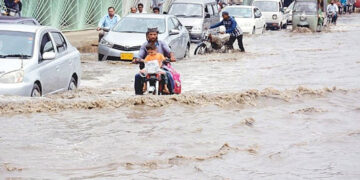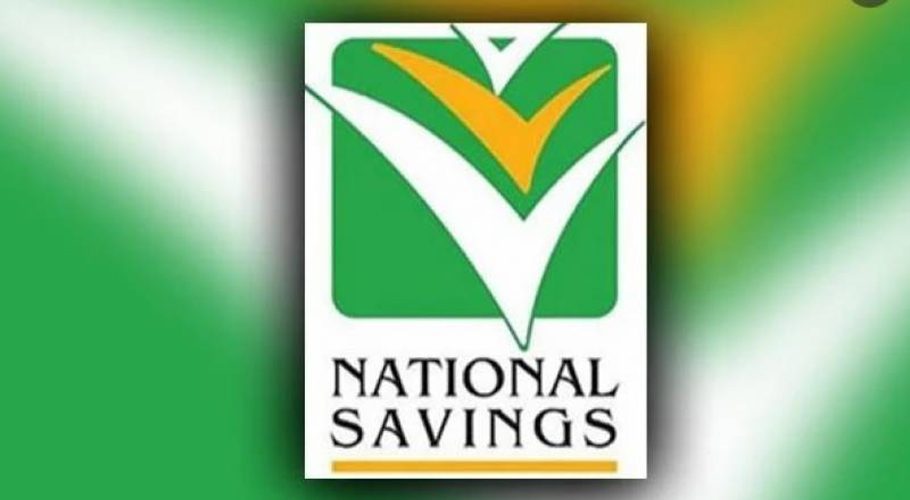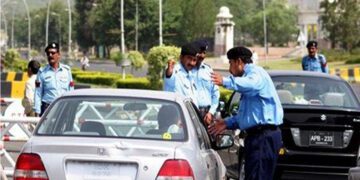The island nation of Sri Lanka is in the midst of the worst economic crises ever. It has just defaulted on its foreign debts for the first time, is facing massive 12-hour power cuts, and has an extreme shortage of food, fuel, medicines and essential items.
Inflation is at an all-time high of 17.5% and the interest rate have been increased by seven percent to 14.25%. The severely-indebted nation has run out of money to pay for imports, meaning it does not have any fuel. Public transportation came to standstill as there was no diesel for buses. Children were unable to given exams this year due to a shortage of paper.
Street protests have been ongoing for nearly a month. The government imposed a state of emergency which was withdrawn after public outrage over the handling of the crisis. The finance minister has quit and business leaders have warned that exports could fall 20-30% this year. Amid the crisis, the country has no option but approach the IMF as lender of the last resort.
But how did Sri Lanka get there? Many believe Sri Lanka’s economic relations with China are the main driver behind the crisis. This is called a ‘debt-trap’ whereby loans are given to the country for political leverage. China’s loans account for 10% of Sri Lanka debts. Defaulting over infrastructure-related loans such as financing of the Hambantota port are being cited as factors contributing to the crisis.
The reason for the crisis lies in economic mismanagement by successive governments that created and sustained a twin deficit – a budget shortfall and a current account deficit. Sri Lanka relies on exporting tea, garments, rubber and spices. It was supported by a lucrative tourism market which was sapped by the coronavirus pandemic.
Any decline in exports would come as an economic shock and put foreign exchange reserves under strain. This situation was no different. The government was unable to provide to stimulus due to tough IMF conditions and the state of the economy declined as growth, investment, savings and revenue fell.
Sri Lanka serves an example of how debts can bring down a nation. Since 1965, it receives 16 loans from the global lender. The loans kept on coming, exports declined with no prospect of economic revival and exacerbating the suffering of ordinary Sri Lankan people.




























